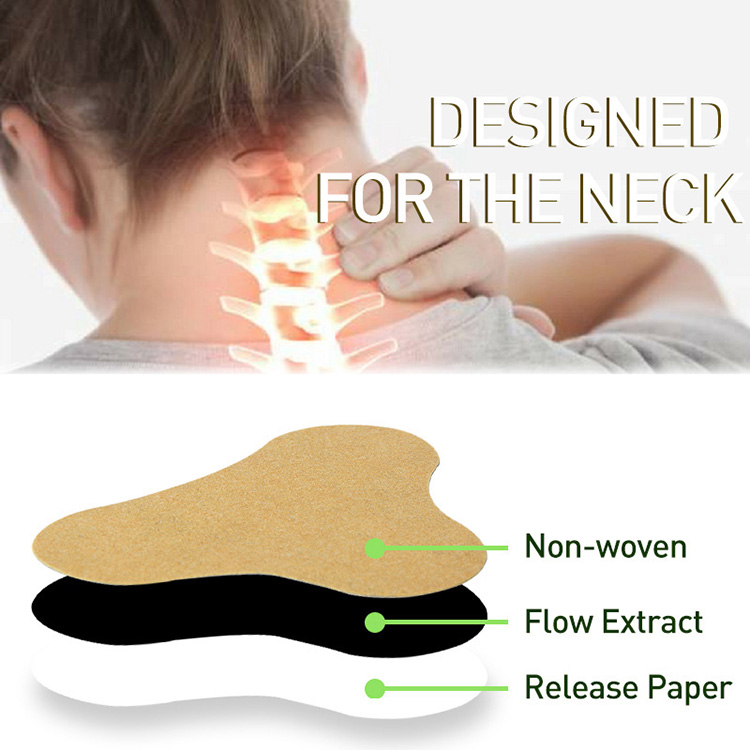Ensuring Safe Usage: Precautions When Using Pain Relieving Patches
2024-02-26
Pain relieving patches have become a popular choice for individuals seeking targeted relief from discomfort, offering a convenient and effective solution for managing pain. While these patches are generally safe and well-tolerated, it's essential to take certain precautions to ensure safe and effective usage. In this blog, we'll explore specific precautions to consider when using pain relieving patches, including avoiding certain activities and exposure to heat, to maximize relief while minimizing potential risks.
Understanding Pain Relieving Patches:
Before discussing precautions, let's briefly review how pain relieving patches work. These patches contain active ingredients, such as analgesics, anti-inflammatories, or numbing agents, which are absorbed through the skin and provide localized relief at the site of pain. While they offer targeted relief, it's essential to use them responsibly to achieve optimal effectiveness and safety.
Precautions When Using Pain Relieving Patches:
While pain relieving patches are generally safe for most individuals, there are certain precautions to consider to ensure safe and effective usage:
1. Avoid Certain Activities:
- Some activities may compromise the adhesion or effectiveness of pain relieving patches. Avoid activities that may cause excessive sweating, rubbing, or movement of the patch, such as intense exercise, swimming, or vigorous physical activity.
- Additionally, refrain from activities that involve tight or restrictive clothing that may interfere with patch adhesion or lead to discomfort.
2. Exposure to Heat:
- Heat can enhance the absorption of medication from pain relieving patches and may increase the risk of systemic side effects or skin irritation.
- Avoid exposure to direct heat sources, such as heating pads, hot tubs, saunas, or prolonged sun exposure, while wearing a pain relieving patch.
- Heat can also cause the patch to loosen or become less effective, so it's best to avoid excessive heat exposure during patch wear.
3. Skin Sensitivity:
- Individuals with sensitive skin may be more prone to skin irritation or allergic reactions from pain relieving patches.
- Perform a patch test on a small area of skin before applying the patch to ensure compatibility and monitor for any signs of irritation or discomfort during use.
4. Medication Interactions:
- Some pain relieving patches may interact with other medications or topical treatments, leading to potential adverse effects or diminished effectiveness.
- Consult with a healthcare professional before using pain relieving patches if you are taking other medications or using other topical treatments to ensure compatibility and safety.
5. Pregnancy and Breastfeeding:
- Pregnant or breastfeeding individuals should consult with a healthcare professional before using pain relieving patches to assess potential risks and benefits.
- Some ingredients in pain relieving patches may be contraindicated during pregnancy or breastfeeding, so it's essential to seek medical guidance before use.
Conclusion:
In conclusion, while pain relieving patches offer targeted relief for various types of pain, it's important to take specific precautions to ensure safe and effective usage. By avoiding certain activities, minimizing exposure to heat, monitoring skin sensitivity, and consulting with a healthcare professional as needed, individuals can safely incorporate pain relieving patches into their pain management regimen and experience effective relief with peace of mind. As always, if you have any questions or concerns about using pain relieving patches, don't hesitate to seek guidance from a healthcare professional to ensure optimal safety and efficacy.



